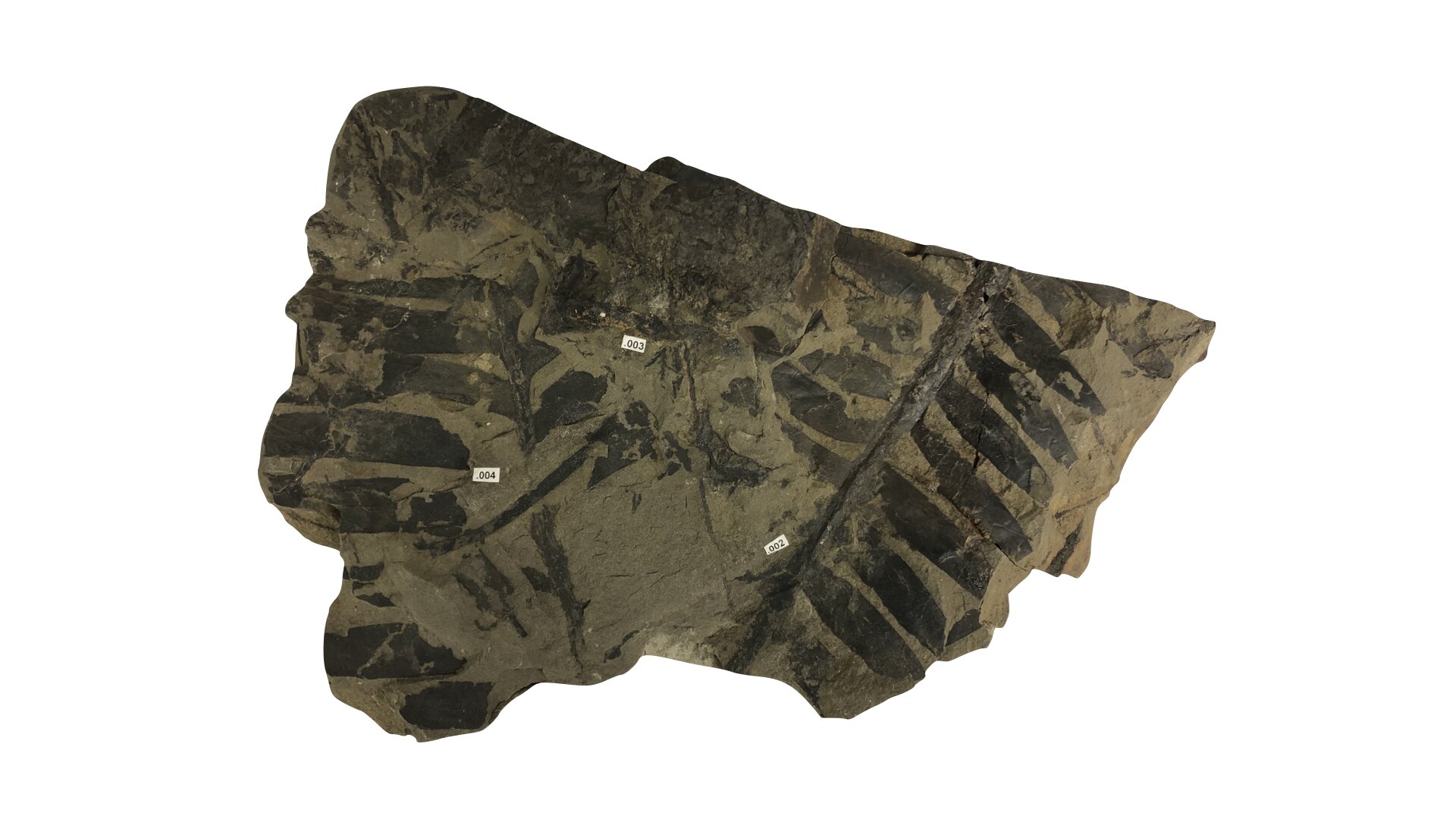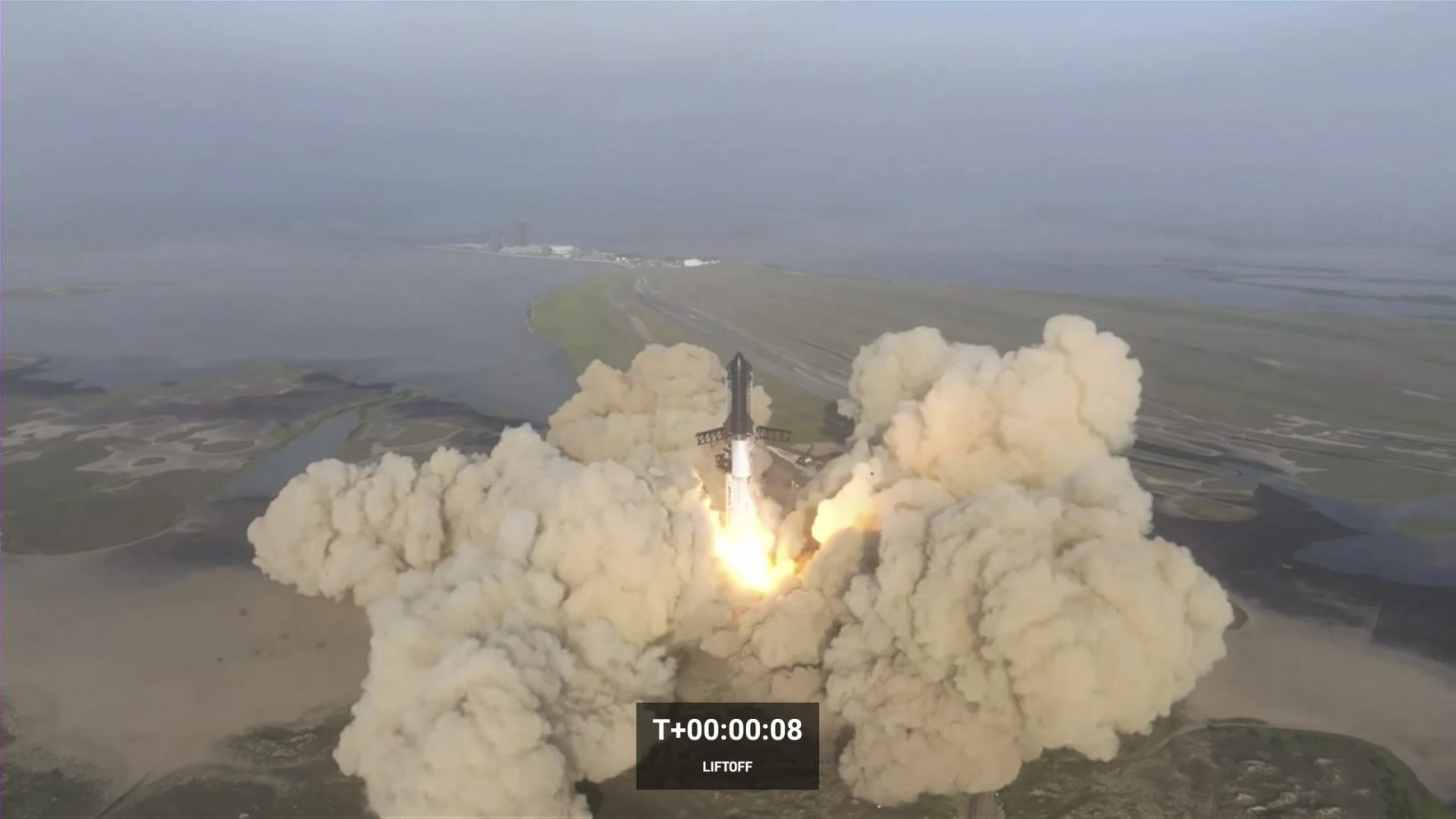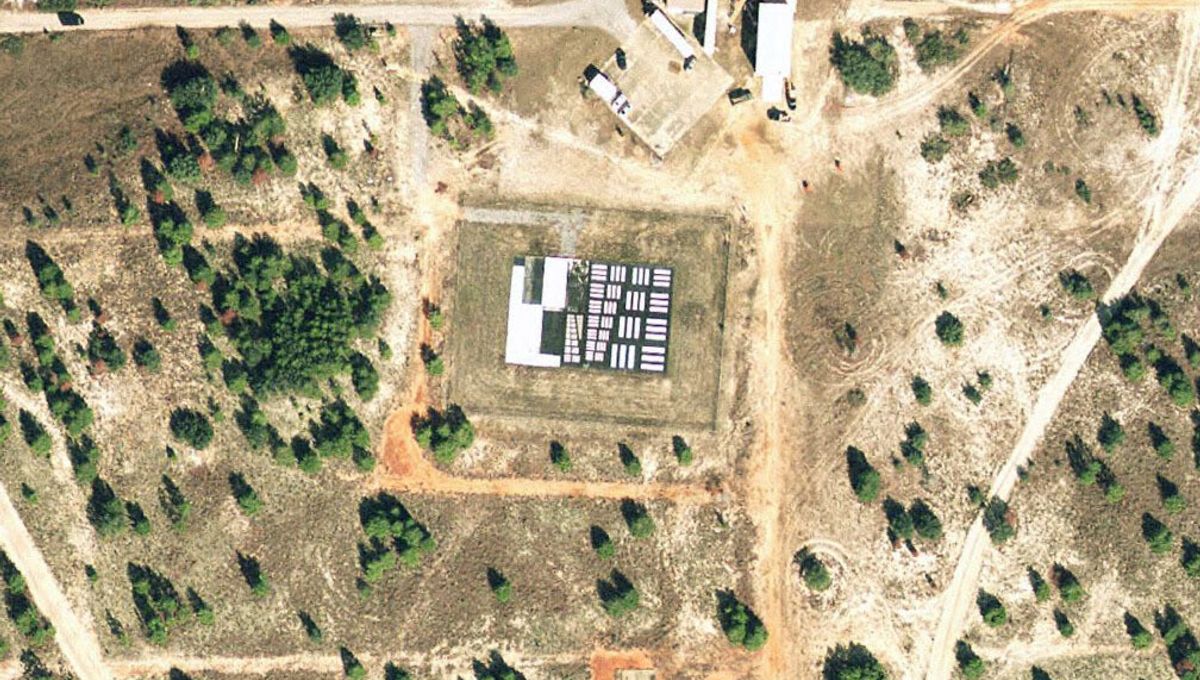Once upon a time, cycads were the go-to snack for dinosaurs roaming the land. These ancient plants played a crucial role in sustaining prehistoric creatures during the Mesozoic Era, which began a whopping 252 million years ago. Back then, cycads were abundant in the forest understory. Fast forward to today, and only a handful of these palm-like plants remain, surviving in tropical and subtropical habitats.
Just like their dinosaur companions, most cycads have gone extinct. Their disappearance from their original homes started during the late Mesozoic and continued into the early Cenozoic Era. This period was marked by catastrophic events like asteroid impacts and volcanic activity, which occurred around 66 million years ago and are known as the K-Pg boundary. However, unlike the dinosaurs, a few groups of cycads managed to survive until the present day.
A recent study published in the journal Nature Ecology & Evolution titled “Nitrogen Isotopes Reveal Independent Origins of N2-Fixing Symbiosis in Extant Cycad Lineages” sheds light on how these surviving cycad species managed to endure. The study found that these cycads relied on symbiotic bacteria in their roots to obtain nitrogen, which is essential for their growth. Similar to modern legumes and other nitrogen-fixing plants, these cycads exchange sugars with the bacteria in their roots in return for nitrogen extracted from the atmosphere.
Lead author Michael Kipp was particularly intrigued by the fact that the tissues of nitrogen-fixing plants can provide insights into the composition of the atmosphere they grew in. To explore this further, Kipp combined geochemistry with the fossil record during his Ph.D. work at the University of Washington. He analyzed ancient plant fossils to gain a different perspective on past atmospheres. Most of the fossils turned out to be from extinct cycad lineages that were not nitrogen-fixers. This discovery shifted the focus from atmospheric composition to the changing ecology of these plants over time.
Kipp, who dedicated nearly a decade to this research, first at UW and then as a postdoctoral researcher at CalTech, is now joining the Duke faculty as an assistant professor of Earth and Climate Sciences in the Nicholas School of the Environment. His goal is to continue using the fossil record to unravel Earth’s climate history, ultimately helping us understand its potential future.
Traditionally, our knowledge of ancient atmospheres has come from studying chemical traces in ancient sea life and sediments. Kipp’s work introduces a new approach by applying similar methods to terrestrial plants. “When we started this project, there were no published nitrogen isotope data from fossilized plant foliage,” Kipp explained. It took time to refine the method and obtain samples of precious plant fossils that museum curators were hesitant to part with. However, in the few surviving cycad lineage fossils that were relatively young (around 20-30 million years old), Kipp discovered the same nitrogen signature as seen in present-day cycads. This finding confirmed that their nitrogen came from symbiotic bacteria. In contrast, the older and extinct cycad fossils lacked this nitrogen signature.
The exact role of nitrogen fixation in the survival of cycads remains unclear. It may have helped them adapt to the drastic climate changes or allowed them to outcompete the rapidly growing angiosperm plants that thrived after the extinction event. Perhaps it was a combination of both factors. Regardless, Kipp believes that this new technique has immense potential for further exploration and understanding.
In conclusion, the study of cycads and their nitrogen-fixing abilities provides valuable insights into Earth’s ancient climate history. By examining the fossil record, scientists like Kipp can piece together the puzzle of our planet’s past, ultimately guiding us towards a better understanding of its future.








